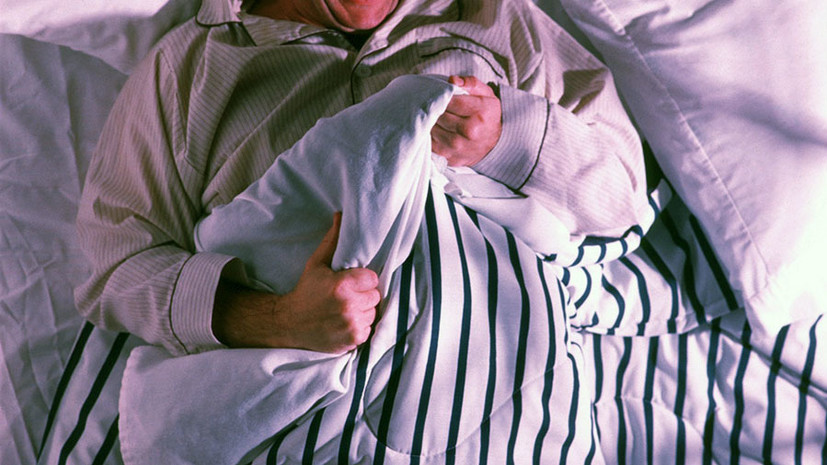Scientists from Brazil compared the descriptions of dreams that volunteers saw before the start of the COVID-19 epidemic and during quarantine.
It turned out that the retelling of "pandemic" dreams contains a large number of words reflecting emotional experiences.
This was reported in the PLOS One magazine.
During the experiment, dream recordings made by 67 volunteers were examined.
A total of 239 dreams were analyzed.
208 of them belonged to the first month of the pandemic, and 31 dreams were recorded before the pandemic - back in 2019.
Scientists have long established that the use of certain words in describing a dream reflects its emotional content and makes it possible to identify the emotional experiences that a person experiences while awake.
A textual analysis of the descriptions of "pandemic" dreams revealed a high content of words related to emotional experiences - anger, sadness, fear of infection.
Also, dreams contained various associations on the topic of hygiene.
The team of researchers came to the conclusion that the analysis of dreams and their discussion have a therapeutic effect on people during quarantine and other restrictive measures, alleviate anxiety and mental suffering.
According to scientists, the collected results on "pandemic" dreams associated with hygiene indicate new social changes in people's lives, such as the need to use personal protective equipment, avoidance of physical contact, the habit of disinfecting hands and surfaces.
Such dreams also reflect various types of fear experienced by subjects while awake.
These include fear of getting infected, various worries about financial problems, fear of distancing from relatives, friends and peers.
The researchers also list important processes occurring in a dream, such as modeling strategies to overcome dangers and adjusting to new social rules.
In general, scientists believe that such dreams well reflect the collective traumatic experience of humanity, which often occurs during wars, epidemics and other mass disasters.
Currently, the team of authors continues to monitor study participants in order to analyze their dreams in the later stages of the pandemic.

